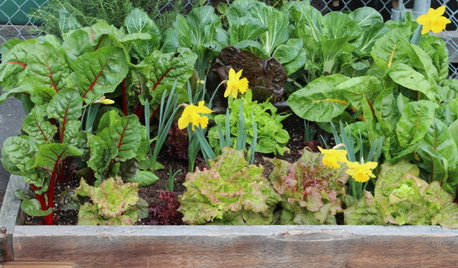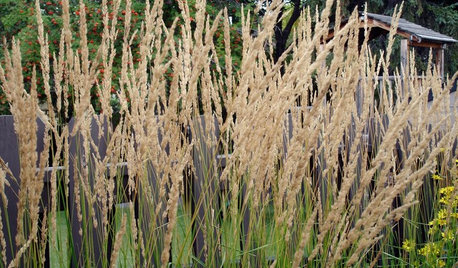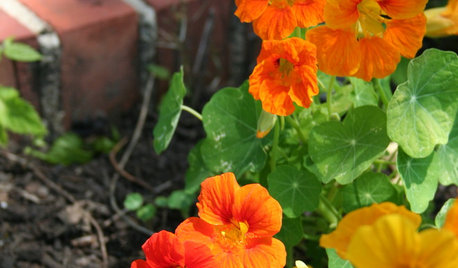The word seedling has a double meaning. It is used to describe a young plants several years from blooming. It is also used to describe plants originating from the same parents raised from seed pods. The first group of plants could be meristem clones in which case they would be identical or otherwise in which case they would not be identical, the second group would, by definition, all be different. Sunday at the Westminister Orchid Show I saw a graphic demonstration of this.
The plant in question is Dendrobium 'Golden Arch'. Parents are Dendrobium speciosum var grandiflorum 'Golden Rain' x Dendrobium Lynette Banks. The seller apparently bought 500 odd seedlings from a New Zealand grower years ago and is now reaping his reward. He registered the plants and gave them the name 'Golden Arch'. He had 4 different strains for sale labveled D Golden Arch #10, #8, plus 2 others that I forgot.
All of the plants have the same parents and the same name but look as different as you can imagine.
#10 has medium to large flowers, wide open, strong lemon yellow, tightly packed to give the inflorecense a hyacinth like appearance. The flower stalk was on the short side, a young plant, second bloom, canes 12" tall. If you hold the flower stalk between yourself and a news paper you could not read anything looking throught the stalk, very compact bearing
#8 had extra large flowers but spidery in appearance, not tightly packed, slightly longer stalk, same color on a larger plant. You could read a newspaper looking through the flower stalk.
One more with unremarkable flowers, I forgot the # as there was no reason to pay any attention to it.
One more with unopened flowers, again I forgot the number.
Even though all had the same parents and the same names, I was only interested in #10 and after sucessful haggeling bought it. #8 had larger flowers but scatered with a spidery appearance which did not talk to me, it was offered at a lower price despite the large flowers. #10 had a short flower stalk but since 2 of the 4 grandparents are D spec grandi, one can assume that this is a young plant which with maturity should produce longer canes and longer flower stalks.
The vendor said he had another strain at home, #1 which has similar flowers to #10 only with a deeper, darker yellow. He said it will be divided soon, I plan to get a piece of it also.
These seedlings are as different from each other as siblings from the same biological parents. President Carter and his beerswilling brother are a good example, Bill Clinton also had a wild brother. I have 6 kids, they are definitely not seeds from the same pod. Well, hopefully they came from the same pod but you would never know it from their divergent personalities. The plant with the unopened flowers should not be treated as a valued plant because #10 and #8 have attractive flowers. The other one on the table whose # I forgot had so so flowers.
Let the above experience be a word of warning to anyone planning to buy seedlings (non cloned), same parents, same name does NOT mean the same flowers. Once one of them gets an award and a clonal name then meristem clones and or divisions will be identical and have predictable flowers. Their young cloned offspring just out of community pot will also be called seedlings but with the different meaning of the term. Actual divisions will also have similar growth characteristics.
Nick















arthurm
orchidnickOriginal Author
Related Discussions
Costs vs. Benefits of florescent vs. HID
Q
Starting to understand...
Q
Question: I see sellers selling seedlings, cuttings or rooted.
Q
Seedling saved
Q
stitzelweller
xmpraedicta
orchidnickOriginal Author
arthurm
arthurm
stitzelweller
xmpraedicta
corymbosa
orchidnickOriginal Author
stitzelweller
arthurm
orchidnickOriginal Author
corymbosa
orchidnickOriginal Author
highjack
arthurm
orchidnickOriginal Author
terpguy
orchidnickOriginal Author
highjack
orchidnickOriginal Author
ifraser25